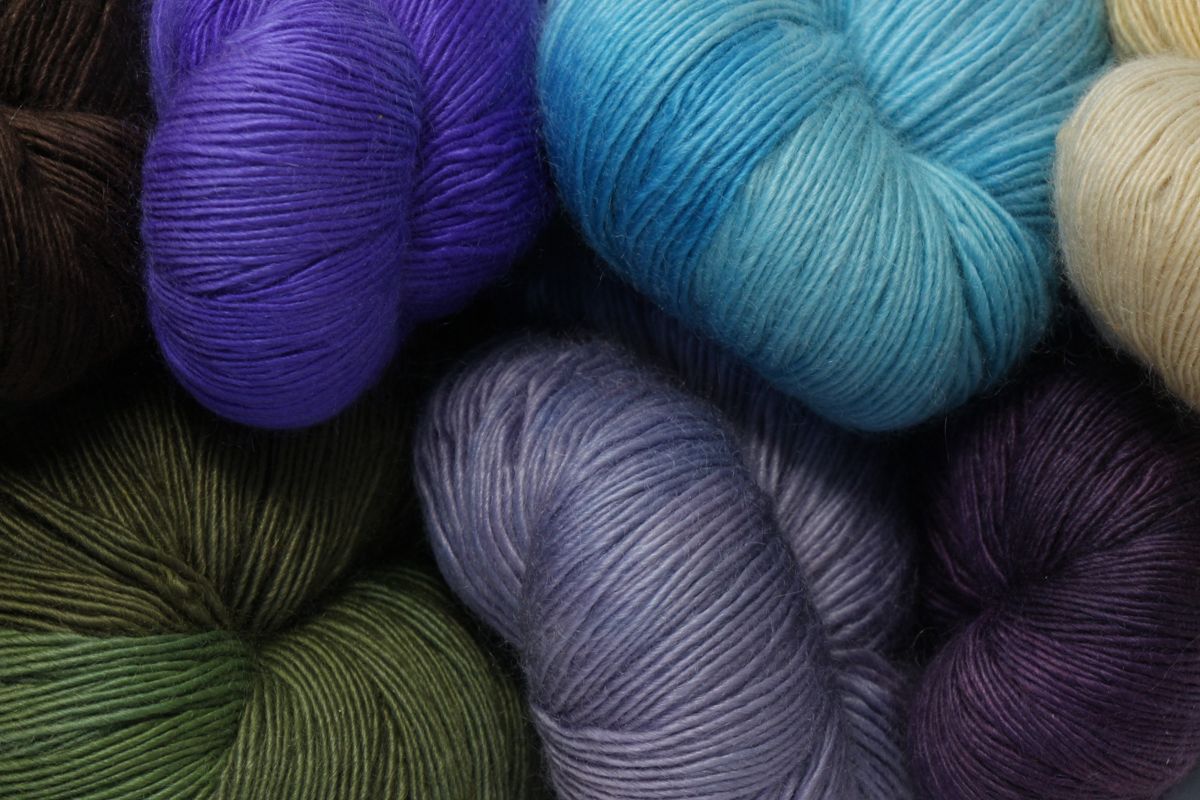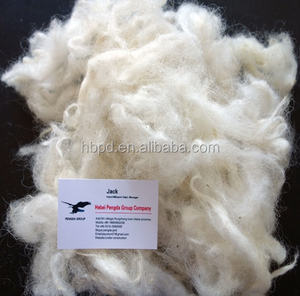What Is Cashmere and How Does It Stack Up to Other Fabrics?
Discovering the Numerous Types of Cashmere a Natural Fiber for Ultimate Luxury
Cashmere, a natural fiber, is commonly linked with high-end and convenience. Nevertheless, not all cashmere is developed equivalent. From the richly soft Mongolian variety to the light-weight heat of Indian Pashmina, each type offers its own special attributes and attraction. The extra economical Chinese cashmere, the typical Scottish variation, and the premium Italian mix, all inform a various tale of this amazing fiber. As we untangle the world of cashmere, a deeper understanding of its true value and sophistication begins to arise.
Recognizing the Elegant Nature of Cashmere
Cashmere, commonly linked with luxury and comfort, holds a special appeal worldwide of natural fibers. This soft, lightweight material is coveted for its outstanding warmth and amazing toughness. Unlike other natural fibers, cashmere combines insulation with breathability, providing unequaled comfort across varying temperature levels. Its glossy surface and soft appearance add to its premium allure, validating the premium cost that commonly features cashmere garments. Furthermore, cashmere's intrinsic wrinkle resistance and flexibility improve its charm, making it a favored choice for costs garments and accessories. Despite its fragile look, cashmere possesses an unexpected durability, able to preserve its shape and luxurious feeling gradually. This distinct mix of attributes cements cashmere's position as an icon of beauty and extravagance.
Simply What Is Cashmere and Where Does It Come From?

Cashmere is acquired from the soft undercoat of cashmere goats, mostly found in Mongolia, China, Iran, and Afghanistan. This precise process contributes to the shortage and high expense of cashmere. With its beginning in the harsh landscapes of Asia, cashmere is a testament to nature's ability to produce luxury from adversity.
Decoding the Different Sorts Of Cashmere
Understanding the different kinds of cashmere is key to appreciating the quality and distinct attributes of this extravagant textile. Normally, cashmere is categorized into three types: raw, virgin, and recycled. Raw cashmere is straight gotten from the goat and is unrefined. This type typically consists of pollutants such as dirt and coarse hair. Virgin cashmere, on the various other hand, is the pure, unrecycled product that is spun right into thread for the initial time. It is the softest and most lavish. Recycled cashmere is made from virgin product that has been previously made use of. It is re-spun and made use of in Going Here creating lower-cost cashmere products. Decoding these kinds is the primary step in recognizing the exclusivity and worth of cashmere.

The Unique Characteristics of Each Kind Of Cashmere
Having actually checked out the different groups of cashmere, it emerges that each kind boasts its one-of-a-kind set of qualities. Mongolian cashmere, for example, is renowned for its exceptional quality, as a result of Mongolia's extreme winters months that create longer and finer fibers. On the other hand, Chinese cashmere is typically much more affordable, though its shorter fibers can reduce longevity. Scottish cashmere is celebrated for its splendid soft qualities, an outcome of the traditional official statement water washing procedure utilizing Scotland's soft water. Italian cashmere, on the other hand, is famous for its masterful blending and tinting methods, making it vibrant and flexible. Indian cashmere, likewise recognized as Pashmina, is treasured for its amazing lightness and warmth. Each kind, therefore, adds to the material's track record for luxury.
Why Cashmere Is the Epitome of Luxury in Style
Cashmere holds a prestigious position in the world of style, concerned as an icon of high-end and refinement (is cashmere a natural fiber). Cashmere is acquired from the fine undercoat of Himalayan goats, known for their exceptional high quality fiber. Cashmere's unequaled comfort and durability make it a sought-after material in the development of premium garments.
The Process of Making Cashmere: From Goat to Garment
The journey of cashmere, from being an undercoat of a Himalayan goat to an extravagant garment, is an intricate one. With the arrival of springtime, farmers in Mongolia and China collect the wool by combing the goats, making sure no injury is done. The obtained woollen contains rugged outer hair and soft downy undercoat. This blend is after that meticulously separated, with only the soft down used for cashmere. This raw cashmere is cleaned, colored and spun into yarn. The thread is then woven or weaved into fabrics. The final step includes cleaning and pushing to give the material its characteristic gentleness and heat. From goat to garment, each action is a testament to the skill, persistence and creativity associated with crafting cashmere.

Conclusion
To conclude, cashmere, with pop over to these guys its natural beauty and unequaled comfort, reigns supreme worldwide of high-end style. The variety in types, varying from the soft Mongolian, light-weight Indian Pashmina, inexpensive Chinese, typical Scottish, to the colorful Italian, discloses the adaptability of this all-natural fiber. The meticulous process of transforming it from a goat to a garment additionally includes in its exclusivity, making cashmere the epitome of refinement and luxury.
Cashmere, a natural fiber, is often connected with high-end and convenience (is cashmere a natural fiber).Cashmere, frequently linked with luxury and comfort, holds a special appeal in the world of all-natural fibers. Unlike various other natural fibers, cashmere combines insulation with breathability, supplying unequaled comfort throughout varying temperatures. Cashmere is acquired from the soft undercoat of cashmere goats, mainly discovered in Mongolia, China, Iran, and Afghanistan. Cashmere is obtained from the great undercoat of Himalayan goats, understood for their superior quality fiber